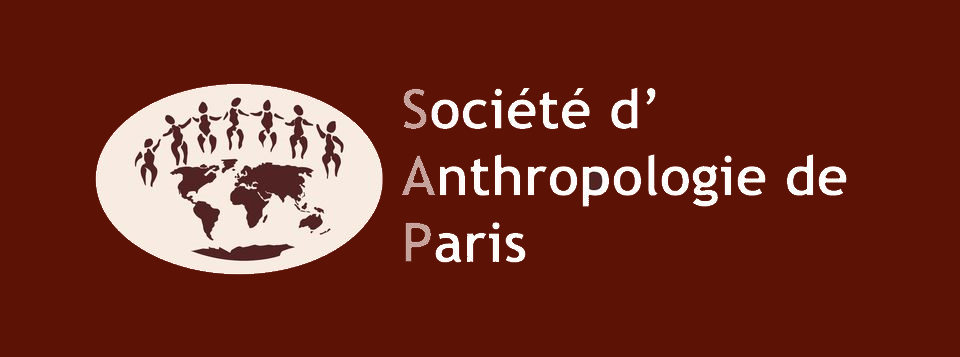January 23-25, 2019 (Musée de l'Homme, Paris)
Theme 1: Genotype – phenotype correspondence: anthropological perspectives
Invited Speaker: J.T. RICHTSMEIER, From genotype to phenotype and back again
At the era of genomic and paleogenomic sciences, the tools available to characterize and quantify phenotypic variations are still limited in such a way that our capacity to characterize the ‘phenome’ is inferior to our capacity to characterize the genome (Houle et al., 2010). Moreover, phenotypic variation is the product of complex interactions between genotype and environment. A better understanding of the correspondence between the genotype and the phenotype will then depend on our ability to optimize the characterization of the phenome and to better account for the capacity of living organisms to adapt to their environment. We will also need to develop a better knowledge of the developmental mechanisms at play during ontogeny. A finer description of the genotype – phenotype correspondence will allow specifying the developmental and evolutionary bases of the morphological variation of hominoids. Through this theme, we invite geneticists, biological anthropologists, developmental biologists, and any colleagues working in that field of research to present their work. These presentations will focus on either the genotype or phenotype and will keep as a horizon the genotype-phenotype correspondence.
Theme 2: From the “family” to the “clan”. Social and biological relationships from Prehistory to present times.
Invited Speaker: R. CHAIX, Structures sociales et structures génétiques dans les populations humaines -
« Family », « clan » are difficult notions to define because they encompass variable concepts in time and space, and because they are also dependent on the disciplines treating the subject. If, for present day societies an attempt to grasp their biological relationships and social bonds provides evidence of a multitude of approaches and definitions, archaeologically, the difficulty lies in understanding how the family is represented, and what do the groups and clusters identified mean. How can different anthropological and archaeological tools and methods help us characterise a group of individuals who may be genetically or socially or possibly even economically related? Furthermore, how do kinship systems, governed by allegiance, residency, and filiation rules, impact genetic heritage, social and symbolic behaviours, and demography, for example? Finally, how can biological anthropology (e.g., morphology, non-metric traits, pathology), funerary archaeology, and palaeogenetic data help us to infer these systems and their outcomes? This theme encompasses research from archaeology and social and biological anthropology from past and present populations, from every cultural context. It also welcomes research that diachronically bridges the documentation and the applied methodology.
Theme 3: Scientific breaking news
Scientific Committee |
Organising Committee |



